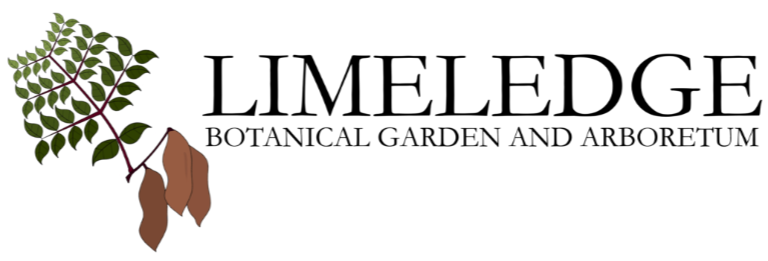aextoxicon punctatum
Andean olivillo
Aextoxicaceae
aextoxicon
Alone in a distinct, little-known family, Andean olivillo (“little olive”) presents itself in cultivation as an Elaeagnus Tourn. ex L. look-alike. Although it’s been in cultivation in the United Kingdom since the early 20th Century, the plant lacks distinctive, noteworthy horticultural traits that would have attracted greater attention and notoriety. More recent collections have helped it become more visible, if for no other purpose than as a botanical curiosity.
In its native environment consisting of cool, humid Andean mountain forests, olivillo is capable of becoming a large tree. These dimensions do not appear to have materialized for any plants in cultivation thus far, however. In North America it would probably do best in the Pacific Northwest where precipitation is abundant and scorching temperatures are infrequent. Indeed, warm temperatures may limit the species as much as cold temperatures. Based on its range, a healthy olivillo with all other needs being met can probably withstand lows down to around 10°F.
Jansen et al. (2002) report that this species is an aluminum hyperaccumulator.
Additional Information
iNaturalist
Trees and Shrubs Online
Royal Botanic Gardens Kew: Plants of the World Online
International Plant Names Index
References and Further Reading
Carlquist S (2003) Wood anatomy of Aextoxicaceae and Berberidopsidaceae is compatible with their inclusion in Berberidopsidales. Systematic Botany 28(2): 317-325. https://doi.org/10.1043/0363-6445-28.2.317
De Craene LPR, Stuppy W (2010) Floral development and anatomy of Aextoxicon punctatum (Aextoxicaceae‐Berberidopsidales): An enigmatic tree at the base of core eudicots. International Journal of Plant Sciences 171(3): 244-257. https://doi.org/10.1086/650161
Jansen S, Broadley MR, Robbrecht E, Smets E (2002) Aluminum hyperaccumulation in angiosperms: A review of its phylogenetic significance. Botanical Review 68(2): 235-269. https://doi.org/10.1663/0006-8101(2002)068[0235:AHIAAR]2.0.CO;2
Maia VH, Gitzendanne MA, Soltis PS, Wong GK-S, Soltis DE (2014) Angiosperm phylogeny based on 18S/26S rDNA sequence data: Constructing a large data set using next-generation sequence data. International Journal of Plant Sciences 175(6): 613-650. https://doi.org/10.1086/676675
Nunez-Avila MC, Armesto JJ (2006) Relict islands of the temperate rainforest tree Aextoxicon punctatum (Aextoxicaceae) in semi-arid Chile: Genetic diversity and biogeographic history. Australian Journal of Botany 54: 733–743. https://doi.org/10.1071/BT06022
Salgado-Negret B, Canessa R, Valladares F, Armesto JJ, Pérez F. (2015) Functional traits variation explains the distribution of Aextoxicon punctatum (Aextoxicaceae) in pronounced moisture gradients within fog-dependent forest fragments. Frontiers In Plant Science 23. https://doi.org/10.3389/fpls.2015.00511
Savolainen V, Fay MF, Albach DC, Backlund A, van der Bank M, Cameron KM, Johnson SA, Lledó MD, Pintaud JC, Powell M, et al. (2000) Phylogeny of the eudicots: A nearly complete familial analysis based on rbcL gene sequences. Kew Bulletin 55(2): 257-309. https://doi.org/10.2307/4115644








